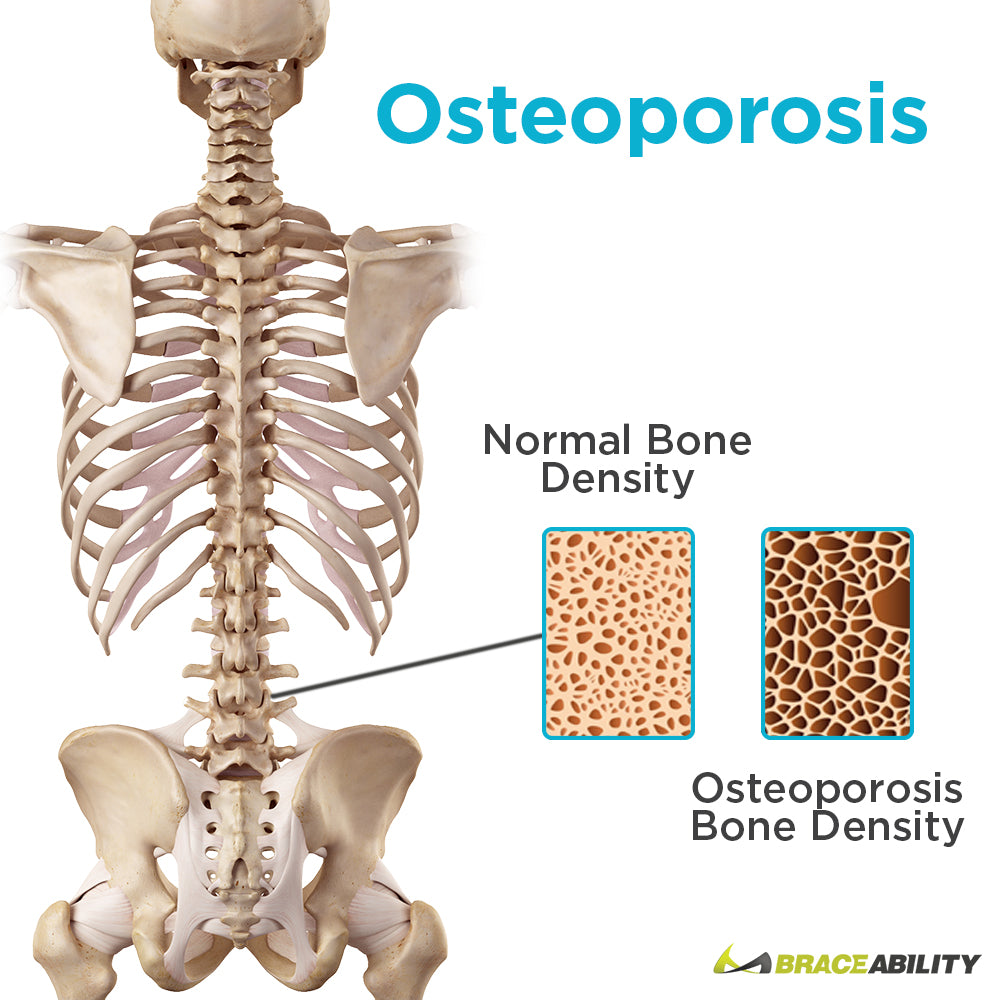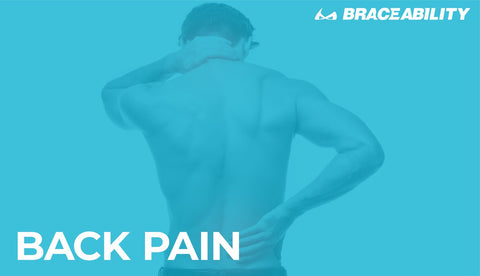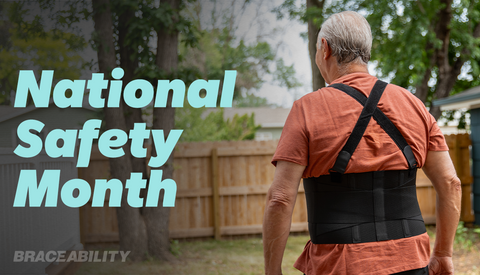Osteoporosis Symptoms, Causes, and Treatments
What is Osteoporosis?
Osteoporosis is a type of bone disease that occurs when the body loses too much bone or makes too little of bone. In other words, the body is failing at forming new bones, or maybe too much of the old bone is being reabsorbed. Bones become weak and are more prone to breakage or what we call a compression fracture. In some cases, osteoporosis can make the bone so weak that it could even break from a sneeze. A bone that is affected by osteoporosis has lost its density or mass, and no longer has a normal tissue structure.

Bones are made of elastic fibers called collagen fibers, and minerals. The tissue is living and has cells that mold and take back up reabsorbed bone. When you’re young, bones form faster than they are reabsorbed, as you get older this changes. After the age of 35, your bones will start to lose density and become less strong. The amount of bone loss you experience determines whether or not you will have osteoporosis. Osteoporosis is a severe case of bone loss. If you have a more mild form of loss it is called osteopenia.
What Causes Osteoporosis?
1. You are more likely to get osteoporosis if you are a woman - especially after menopause as you lose estrogen.
2. If your diet is low in calcium intake
3. Anyone over the age of 50 is at a much greater risk for osteoporosis
4. If you have a smaller body frame you are more likely to experience osteoporosis
5. There’s evidence that osteoporosis runs in families
6. Anorexia has been known to weaken bones
7. Low activity levels - any type of long-term bed rest
8. Smoking- cigarettes are bad for your bones, heart, and lungs
9. Excessive consumption of alcohol has been known for weakening bones
Do I have symptoms of Osteoporosis?

You most likely will have osteoporosis for a long time before you even know it. In fact, most people don’t realize they have osteoporosis until one of their bones is fractured. Most commonly, the spinal or vertebral bones. This is called a compression fracture. For more information on compression fractures, including the different kinds, read here. Osteoporosis is often referred to as the “silent disease” for this very reason. However, some people do become aware of their osteoporosis. This is usually due to back pain that's felt in the region where it most commonly exists (T9 to L2). This type of pain is referred to as a spinal compression fracture. Some people will even notice the weakening of their bones because of a loss of height.
What are the Preventative Measures for Osteoporosis?
If you are someone who may be more likely to get osteoporosis consider taking some of these highly recommended preventive measures now:
- Increase your calcium intake to create strong bones
- Increase vitamin D in your diet for higher nutrients levels
- Exercise regular to create stronger and healthier bones
- Don’t drink or smoke in excess
How Do I Treat Osteoporosis?

-
Medication
-
Bracing
-
Diet
-
Exercise










